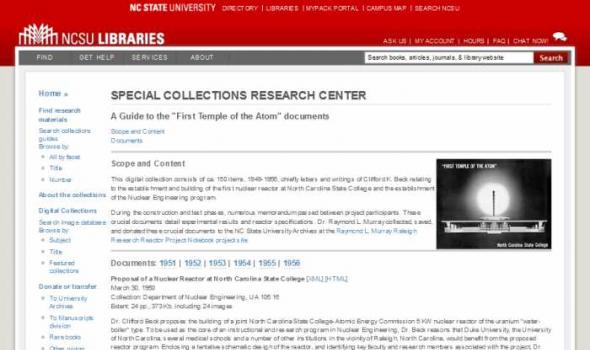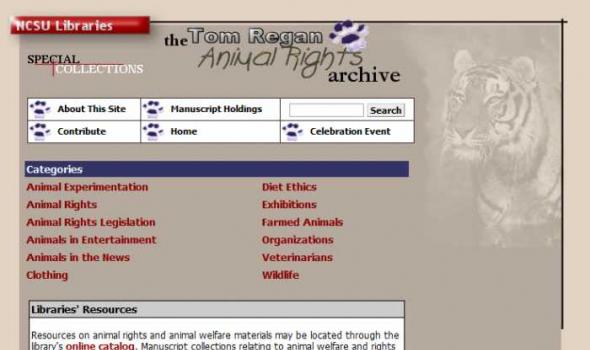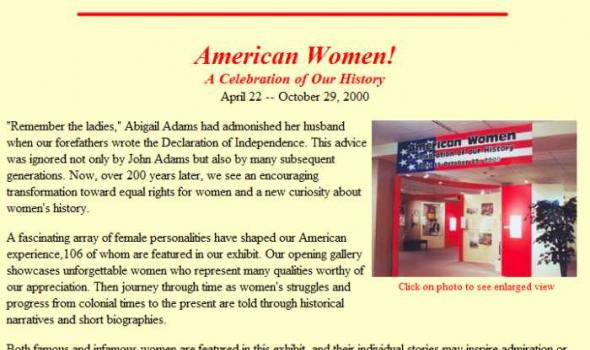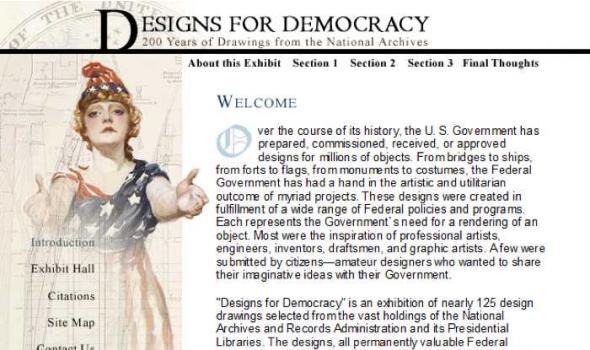Text
As an avid, well-trained photographer, sketcher and recorder, Straight took about 380 photographs and painted a very small number of sketches during his two spells in Korea in 1904 and 1905. Our aim has been to identify and select about two hundred of these and incorporate these materials into a project which amounts to a visual and contextual narrative of Korea at a most critical juncture in its more recent, modern history. The photographs document landscapes, urban scenes, people (both common, notable or noble ones), and, most interestingly, record numerous important events.
About The school's highly talented and motivated students learn from 60 full-time faculty members - all experts in their chosen disciplines, and all dedicated to teaching, research and service. Learning takes place in state-of-the-art classrooms, in the on-campus Statler hotel, and in varied industry settings around the world. The result: a supremely accomplished alumni group-corporate executives and entrepreneurs who advance the industry and share their wisdom and experience with our students and faculty.
Project Information Phase I Thanks to a grant from the State Library of North Carolina, North Carolina ECHO (Exploring Cultural Heritage Online) in 2001, The North Carolina State University Libraries' Special Collections Research Center, in collaboration with the Biltmore Company in Asheville and the Forest History Society in Durham, created an online resource for research and information on forestry history in the state of North Carolina. The partners established this web site to provide access to collections of rare and unique items for the general public, students and scholars. During the first phase of the project, the partner institutions digitized primary research materials, including photographs, diaries, correspondence, artifacts, and printed materials. The Carl A.
THE idea of writing this Treatise suggested itself to me a considerable time since, from knowing the repeated inquiries that had been made for such a book; and after perusing, I believe, every work that has been published on the subject, I was fully convinced of the necessity of such a work, adapted to the present improved practice. Of the works on Surveying, I may say, they are all elementary, and of ante-date, no treatise, that I am aware of, having been published since the fine mathematical instruments at present in use have been considered a necessary adjunct to the successful prosecution of land surveying. Of the treatises published on levelling, there is only one of recent date, by Mr.
more » Need more help? Browse subjects to find your area of interest. more » Need more help? Contact an expert in your area of study. more » Need help getting around? View D. H. Hill Library Map . Search books, articles, journals, & library website About the SCRC Introduction to the 1994 Architectural Records Survey This booklet is a survey of architectural records held in repositories, government agencies, architectural firms, and private collections throughout North Carolina. The aim of this survey is to begin to unite the scattered architectural collections across the state and to initiate the process for developing a statewide collection strategy and appraisal program for North Carolina architectural records.
Introduction DrMetcalf provides online access to information on cicadas , leafhoppers , planthoppers , spittlebugs , and treehoppers , including a searchable bibliographic database for retrieving literature on these groups, which together comprise the group Auchenorrhyncha . The database includes nearly 12,000 early publications (1741-1955). Few electronic databases cover the early literature for any insect group. Because the focal groups are common and widespread, users may find the database helpful for retrieving many older works on insects in general. DrMetcalf also includes an overview of the group Auchenorrhyncha and each of its major subgroups.
This digital collection consists of ca. 150 items, 1949-1956, chiefly letters and writings of Clifford K. Beck relating to the establishment and building of the first nuclear reactor at North Carolina State College and the establishment of the Nuclear Engineering program.
During the construction and test phases, numerous memorandum passed between project participants. These crucial documents detail experimental results and reactor specifications. Dr. Raymond L. Murray collected, saved, and donated these crucial documents to the NC State University Archives at the Raymond L. Murray Raleigh Research Reactor Project Notebook project site.
Green 'N' Growing is a resource-based research and educational web site developed by the Special Collections Research Center at the North Carolina State University Libraries. Drawing upon the rich historical records found in the University Archives, the collection provides valuable information about women, children, race relations, education, agriculture, and rural life in North Carolina during the twentieth century. Users will be able to access digital reproductions of over 10,000 items, including photographs and pages from pamphlets, reports, and other materials, that document the history of 4-H and Home Demonstration in North Carolina from the 1900s to the 1970s.
In 1991, Charles E. Little and The Johns Hopkins University Press donated the core of what would become the Greenways Archive at NCSU Libraries Special Collections Research Center. After the completion of his path-breaking book, Greenways for America, Charles E. Little wanted to donate his impressive collection of greenways material to an academic institution that was committed to the development of greenways systems across the United States. NCSU was chosen as the repository for the Archive because of the strong interest for greenways in the Raleigh, NC area and the university's renowned programs in Parks and Recreation, Landscape Design, Engineering, and Environmental Sciences. For several years, however, the Archive remained undeveloped, consisting primarily of the Little papers.
This animal rights research site was designed by the NCSU Computer Science Senior Design Center students Shane Smith, Brenda Loehfelm, Sherry Pitz, Alan Seales, and Matt Senter, in consultation with the NSCU Libraries’ Special Collections, Digital Library Initiatives, and Systems Departments.
For most of the material from which the following new
species of Cicadidae are described, I have to thank Mr. F. P.
Dodd (queensland) and Mr. H. Elgner, of the same State.
Amongst them it will be noticed is a new species of Cyclochila
from Queensland, and also a species of Prasia, a genus so far
unrecorded in Australia, though common in New Guinea. I
have had some difficulty in deciding upon the generic deter-
mination of Psaltoda pulchra, as it has strong affinities with
Thopha in the structure of the head and the proportions of the
tegmina and wings. The abdomen, however, is unadorned with
the sacs which hide the tympana in the division Thopharia,
so I have placed the species tentatively in the genus Psaltoda.
W E L C O M E Living off the Land is a digital resource that features original images and other documents relating to North Carolina's agricultural history and economy. The project highlights some of the rich, educational resources available in North Carolina State University Libraries Special Collections Research Center (SCRC). Among the topics included in this collection are education, history, economics, culture, entomology, cultivation, tobacco, and crop science. For a complete list, see our subject browse . The SCRC manuscript collections that serve as the foundation for this project include the papers of individuals and organizations that have made contributions to agricultural science.
The Deadly Virus True or False? The Influenza Epidemic of 1918 killed more people than died in World War One. View the Documents and Photos Hard as it is to believe, the answer is true. World War I claimed an estimated 16 million lives. The influenza epidemic that swept the world in 1918 killed an estimated 50 million people. One fifth of the world's population was attacked by this deadly virus. Within months, it had killed more people than any other illness in recorded history. The plague emerged in two phases. In late spring of 1918, the first phase, known as the "three-day fever," appeared without warning. Few deaths were reported. Victims recovered after a few days. When the disease surfaced again that fall, it was far more severe.
The 1906 San Francisco Earthquake and Fire "There is practically nothing left..." “At 5:13 o’clock A.M. of this 18th day of April 1906 San Francisco and vicinity was visited with a most violent earthquake shock.” The clerk of the U.S. District Court of San Francisco wrote these words in the court minute book, explaining why court was adjourned that day. His note describes one of the most devastating natural disasters in the history of the United States.
Here will be preserved all . . . the records that bind State to State and the hearts of all our people in an indissoluble union. --President Herbert Hoover, upon laying the cornerstone of the National Archives Building, February 20, 1933 In 1803 the young republic nearly doubles in size with the Louisiana Purchase. A casualty list of the 54th Massachusetts Infantry Regiment reveals the sacrifices of the most celebrated African-American regiment that fought in the Civil War. A police blotter lists the assassination of President Abraham Lincoln, April 14, 1865.
Here will be preserved all . . . the records that bind State to State and the hearts of all our people in an indissoluble union. --President Herbert Hoover, upon laying the cornerstone of the National Archives Building, February 20, 1933 American Originals presents some of the most treasured documents in the holdings of the National Archives. They have passed through the hands of George Washington, Helen Keller, Wyatt Earp, Napoleon, Rosa Parks, and John Hancock, connecting us physically to another moment in time. While some of the documents announce their own importance with a grand design, others quietly mark a revolution.
"American Originals" is a changing exhibit that has presented the nation's greatest documentary treasures in the Rotunda of the National Archives Building since December 1995. Over the years, the exhibit has featured the first printing of the Declaration of Independence, the police blotter listing Abraham Lincoln's assassination, the first report of the Titanic's collision with an iceberg, Rosa Parks's arrest records, and many other items. Both famous and rare, these documents provide unique insights into the towering figures and events that have shaped U.S. history.
April 22 -- October 29, 2000 "Remember the ladies," Abigail Adams had admonished her husband when our forefathers wrote the Declaration of Independence. This advice was ignored not only by John Adams but also by many subsequent generations. Now, over 200 years later, we see an encouraging transformation toward equal rights for women and a new curiosity about women's history. A fascinating array of female personalities have shaped our American experience,106 of whom are featured in our exhibit. Our opening gallery showcases unforgettable women who represent many qualities worthy of our appreciation. Then journey through time as women's struggles and progress from colonial times to the present are told through historical narratives and short biographies.
In 1761, fifteen years before the United States of America burst onto the world stage with the Declaration of Independence, the American colonists were loyal British subjects who celebrated the coronation of their new King, George III. The colonies that stretched from present-day Maine to Georgia were distinctly English in character although they had been settled by Scots, Welsh, Irish, Dutch, Swedes, Finns, Africans, French, Germans, and Swiss, as well as English. As English men and women, the American colonists were heirs to the thirteenth-century English document, the Magna Carta, which established the principles that no one is above the law (not even the King), and that no one can take away certain rights.
The Federal Convention convened in the State House (Independence Hall) in Philadelphia on May 14, 1787, to revise the Articles of Confederation. Because the delegations from only two states were at first present, the members adjourned from day to day until a quorum of seven states was obtained on May 25. Through discussion and debate it became clear by mid-June that, rather than amend the existing Articles, the Convention would draft an entirely new frame of government. All through the summer, in closed sessions, the delegates debated, and redrafted the articles of the new Constitution.
Drafted by Thomas Jefferson between June 11 and June 28, 1776, the Declaration of Independence is at once the nation's most cherished symbol of liberty and Jefferson's most enduring monument. Here, in exalted and unforgettable phrases, Jefferson expressed the convictions in the minds and hearts of the American people. The political philosophy of the Declaration was not new; its ideals of individual liberty had already been expressed by John Locke and the Continental philosophers.
During the debates on the adoption of the Constitution, its opponents repeatedly charged that the Constitution as drafted would open the way to tyranny by the central government. Fresh in their minds was the memory of the British violation of civil rights before and during the Revolution. They demanded a "bill of rights" that would spell out the immunities of individual citizens.
Looking Back on the American Century February 5 � April 30, 2000 In 1940 publisher Henry Luce used the phrase "the American Century" to describe the emergence of the United States as the preeminent world power. Beginning with the accession of a young and energetic Theodore Roosevelt to the Presidency in 1901, the United States began to turn its vast resources onto the world stage. Since that time, through world wars, depression, boom times, social upheavals, scientific and technological developments, and cultural trends, the United States vigorously placed its stamp of influence on the 20th Century. This exhibition presents a small taste of the American Century.
During the depths of the Great Depression of the 1930s and into the early years of World War II, the Federal government supported the arts in unprecedented ways. For 11 years, between 1933 and 1943, federal tax dollars employed artists, musicians, actors, writers, photographers, and dancers. Never before or since has our government so extensively sponsored the arts. MORE... This link is not functional because your browser does not support JavaScript or Javascript has been disabled. Please use this link to MORE...
Dear Bess: Love Letters from the President "Dear Bess: Love Letters from the President" February 12, 1998 through September 1, 1999 Garden Room, Truman Library & Museum The Harry S. Truman Library and Museum is one of thirteen Presidential Libraries administered by the National Archives and Records Administration . 500 W. US Hwy. 24. Independence MO 64050 truman.library@nara.gov ; Phone: 816-268-8200 or 1-800-833-1225; Fax: 816-268-8295.
Federal Designs: Symbolism Symbols are an important part of America`s design heritage. They establish and reinforce the national identity and patriotism. In some cases, American symbols are based on recognized associations. The ideals of Greek democracy, the power of Imperial Rome, or the refinements of European fashion frequently are reflected in Federal designs. At other times and for other purposes, designers created icons using images unique to this new country, to this new form of government, and to America`s aspirations to world power.
Since the signing of the Declaration of Independence, our rights as citizens of the United States have been debated, contested, amended, and documented. The Bill of Rights, the first 10 amendments to the Constitution, established our basic civil rights. Later amendments and court decisions have continued the process of defining our human and civil rights. Documents in the National Archives give voice to our national struggle for personal rights and freedoms. From the Emancipation Proclamation to the five cases that comprised Brown v. Board of Education , this exhibit features a sampling of documents from all regions of the National Archives.
This exhibition examines Presidential elections, with a particular emphasis on elections in the last 80 years when radio and television brought these campaigns into the living rooms of homes across America. Text, photographs, graphic images, original artifacts and campaign memorabilia, as well as audio and video stations will be featured in the exhibition. In addition, a series of activity areas will invite visitors to participate in election activities such as mock voting and campaigning. The exhibition will be organized in a series of theme areas that survey aspects of Presidential campaigns and elections over the years.
National Archives and Records Administraton Eyewitness American Originals from the National Archives Introduction Out of the stacks and vaults of the National Archives comes this selection of eyewitness accounts. They are vivid and intensely personal, transporting us to a deeper understanding of the events described.
Inside the National Archives Southeast Region 1. Welcome The Southeast Region of the National Archives holds in trust original records documenting the settlement and development of a unique section of the United States. It maintains historical records from regional offices of Federal agencies in Alabama, Florida, Georgia, Kentucky, Mississippi, North Carolina, South Carolina, and Tennessee. These records are the documentary evidence of day-to-day occurrences that have become part of our history. This presentation highlights treasures in the region's holdings. It tells intriguing stories of the people who once inhabited this land. Some documents are about famous people and events.


















































